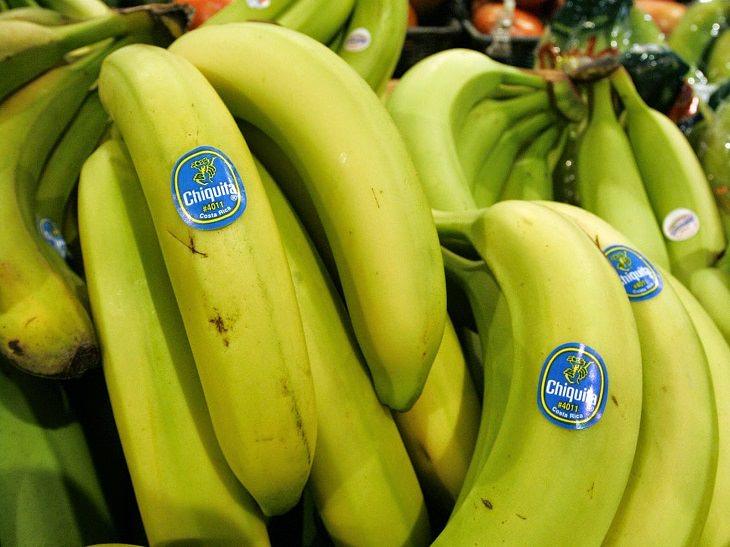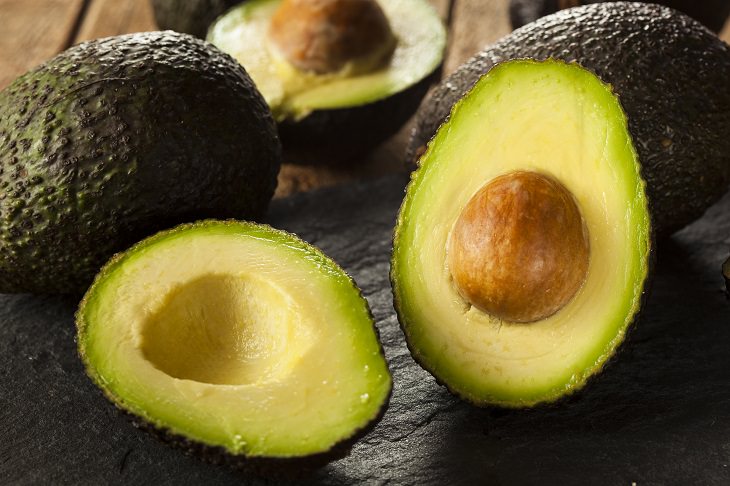You know those stickers that are found on fruits and vegetables in grocery stores across the world? If you have ever bought produce from a grocery store, you'll definitely know the ones that we are talking about. These stickers usually have a barcode on them for scanning and a PLU code, which helps the friendly cashier identify what type of fruit or vegetable you're buying. 
However, these unassuming stickers are more informative than you'd think. While the PLU is the "price lookup" number and identifies your fruit or vegetable, it also helps to identify something else: how the particular produce was grown. By reading this code, you can tell if the fruit has been genetically modified, grown organically, or produced using chemical fertilizers, herbicides, or fungicides. That's right, the story about where your fruit comes from has been right under your noses all along – you just have to know how to analyze the labels and PLU number. This is actually a lot easier than you'd imagine. Below are some of the basics of what you need to know. This is then followed up with an informative video that will provide you with more information. 1. If the PLU only consists of four numbers, this means that the produce was grown conventionally or "traditionally" with the use of pesticides. The four letters (or only four in this case) of the PLU code simply indicate what type of food you are buying. For example, all bananas are labelled with the code 4011. 2. If the PLU consists of five numbers, and the first number is 8, this indicates that the produce has been genetically modified. These fruit and vegetables have been created in an unnatural way, and cannot be found in nature. A genetically engineered banana would be 84011. 3. If the PLU consists of five numbers, and the first number is 9, this tells you that the produce has been grown organically and has not been genetically modified. An organic banana would be 94011. Interestingly enough, the glue used to attach the stickers to the food is considered food-grade, but the stickers themselves are not safe to consume. If you're looking to be super aware of what fruits and vegetables have been treated with pesticides and which have not, you should check out the homepage for the Environmental Working Groups. The EWG have compiled two lists to help consumers identify which produce is generally cleaner and which produce have been tampered with; as well as the "Clean Fifteen", and the "Dirty Dozen". The top 5 for the "Clean Fifteen" produce are: 
1.. Avocados 2. Sweet corn 3. Pineapple 4. Cabbage 5. Sweet Peas (Frozen) The top 5 for the "Dirty Dozen" produce are: 1. Strawberries 2. Apples 3. Nectarines 4. Peaches 5. Celery |
--
You received this message because you are subscribed to the Google Groups "Keep_Mailing" group.
To unsubscribe from this group and stop receiving emails from it, send an email to
keep_mailing+unsubscribe@googlegroups.com.
To post to this group, send email to
keep_mailing@googlegroups.com.
Visit this group at
https://groups.google.com/group/keep_mailing.
To view this discussion on the web visit
https://groups.google.com/d/msgid/keep_mailing/CAH3M5Oub%2By2qE02ezRJ0uVEYnRWdMVB05PCTUbTgL9V98sC7fA%40mail.gmail.com.
For more options, visit
https://groups.google.com/d/optout.


No comments:
Post a Comment